Post Views: 26,146
ViewsHistory of Nurse Anesthesiology
By Mike MacKinnon DNP, FNP-C, CRNA
Certified Registered Nurse Anesthetists (CRNAs), often referred to as Nurse Anesthetists or Nurse Anesthesiologists were the first healthcare providers dedicated to the specialty of anesthesiology and the first advanced practice nursing specialty. CRNAs have their roots in the 1800s when nurses first gave anesthesia to wounded soldiers on the battlefields of the Civil War.
Alice Magaw is the most famous CRNA of the 19th Century and dubbed the “Mother of Anesthesia” by the famous Mayo brother physicians. Born in Coshocton, Ohio in 1860, she attended nursing school in Chicago and ultimately became the anesthetist for both of the Mayo brothers in Rochester, Minnesota. She administered 14,000 anesthetics with no recorded deaths in a time when anesthesia did not have monitoring, advanced medicines, or technology. Magaw was truly an outstanding practitioner who set the bar for excellent, safe, and effective anesthesia practice for generations of physicians, dentists, and nurse anesthesiologists to come.
Educational Preparation of CRNAs
Agnes McGee, CRNA, founded the first educational program on anesthetics at St. Vincent’s Hospital in Portland, Oregon in 1909, and between 1912 and 1920, 19 nurse-led anesthesia schools were opened. This was 18 years before Dr. Ralph Waters created the first American medical academic anesthesia department and residency program for physicians in Madison, Wisconsin in 1927. Since that time, nurse anesthesiologist education has advanced from a certificate to graduate-level education, which includes doctorate degrees.
The basic CRNA academic curriculum and prerequisite courses focus on coursework in anesthesia practice: pharmacology of anesthetic agents and related medications including concepts in chemistry and biochemistry, anatomy, physiology, and pathophysiology, basic and advanced principles of anesthesia practice including physics, equipment, technology, and pain management, research, and clinical correlation conferences. Thousands of hours in clinical residencies taking care of patients hone knowledge and clinical expertise in preparation for graduation as an expert level provider of anesthesiology services anywhere in the country.
As of 2018, there were 121 accredited CRNA programs in the United States and Puerto Rico. Eighty CRNA programs are approved to award doctoral degrees for entry into practice with a requirement for all programs to be doctoral degrees by 2025. More than 2,400 resident registered nurse anesthetists (RRNAs) graduate each year who have an average of 9,369 hours of clinical experience. These graduates then go on to pass the required National Certification Examination to become CRNAs.
CRNAs also have the option to enroll in fellowship training in advanced pain management to prepare CRNAs with the skills necessary to meet the pain management needs of Americans with chronic pain. These programs confer eligibility to take a certification examination on Non-Surgical Pain Management offered by the National Board of Certification and Recertification for Nurse Anesthetists.
Due to the fact that CRNAs are independent, sole anesthesia providers in nearly all rural hospitals and the main provider of anesthesia in the U.S. Armed Forces, CRNA education focuses on expert level training in every type of anesthesia technique and delivery today.
All CRNA Forward Surgical Team (FST) anesthesia in Iraq
Requirements for Acceptance
- A baccalaureate or graduate degree in nursing or other appropriate major.
- An unencumbered license as a registered professional nurse and/or APRN in the United States or its territories.
- A minimum of one-year full-time work experience as a registered nurse in a critical care setting. The average experience of RNs entering nurse anesthesia educational programs is 2.9 years.
More information can be found at https://www.aana.com/membership/become-a-crna
What Does a CRNA Do Every Day?
CRNAs arrive at work every morning and review their patient’s medical history, order additional testing as needed, and determine appropriate safety and risk of anesthesia. CRNAs utilize this information to determine what appropriate types of anesthesia may be utilized depending upon both the patient’s history and the surgery being performed. The CRNA then interviews the patient, addresses their concerns and questions, and discusses anesthesia delivery with them, including options like sedation, general anesthesia, and regional anesthesia.
Once in the operating room, the CRNA puts the patient to sleep and monitors them very closely, responding to any changes or emergency situations as needed. Upon the successful completion of the surgical procedure, the CRNA wakes up the patient and transports them to the recovery room. Once orders for patient recovery care and a report is given to the recovery room RNs, the CRNA moves onto their next case
CRNAs also respond throughout the hospital including in the emergency room and the ICU for airway management, acute pain control, central line services, and other emergencies as requested. CRNAs also respond to the labor and delivery units to place epidurals for pain relief in laboring mothers as well as perform anesthesia for cesarean sections.
Mike MacKinnon DNP FNP-C CRNA demonstrating a nerve block for pain control with ultrasound
Practice Opportunities and Salary
CRNAs work in a variety of practice settings and models in every state in the country. Practices range from rural to urban settings, plastic surgery centers, ambulatory surgery centers performing various types of surgical cases, provider offices to full-service hospitals, and trauma centers. Nurse anesthesiologists work in collaboration with physician anesthesiologists or independently. In every setting and model, CRNAs provide the very highest level of anesthesiology services.
CRNAs’ salaries are consistently ranked the highest of all advanced practice nurses. In the most recent 2018 compensation and benefits survey performed by the American Association of Nurse Anesthetists, the median total compensation for full-time employed CRNAs in 2017 was $187,000. However, self-employed CRNAs often made considerably more working independently in CRNA-only practices, with the top 10% of CRNAs earning $304,000 or more a year.
CRNA Lifestyle, Culture, and Community
CRNAs enjoy significant autonomy and professional respect, which results in a high degree of professional satisfaction. CRNAs have many options related to their professional employment. CRNAs can work as W-2 employees, 1099 contractors, or own their own practice and bill insurances directly for their services. CRNAs can choose the practice model and employment model which works best for them but are trained to work in all of them.
Some CRNAs choose to be an employee of a practice where they work shifts, may or may not work with a physician anesthesiologist, may or may not take calls with defined benefits similar to that as a registered nurse. Other CRNAs choose to work independently where they work until the cases are done without set hours but higher compensation and responsibility, take calls for emergencies, and provide services when and as needed to the facility.
Upon graduation each CRNA becomes part of a ‘tribe’, which enjoys a tight-knit community and culture, supporting both the profession and each other. CRNAs are there vigilantly watching and protecting our patients’ every breath, every beat, and every second throughout the process of the surgery, in labor and delivery, and performing non-surgical pain procedures. When seconds count in the operating room, WE ARE THERE.
Mike MacKinnon DNP FNP-C CRNA
#TDL
To learn more about CRNA history feel free to check out these publications.
Watchful care http://tinyurl.com/y3gd8ydr
Ira Gunn http://tinyurl.com/y6qeekcl
2 comments on History of Nurse Anesthesiology
Leave a Reply
History of Nurse Anesthesiology
By nurseadvisorofficial
Certified Registered Nurse Anesthetists (CRNAs), often referred to as Nurse Anesthetists or Nurse Anesthesiologists were the first healthcare providers dedicated to the specialty of anesthesiology and the first advanced practice nursing specialty. Learn more from Today’s Nurse member Mike MacKinnon DNP, FNP-C, CRNA


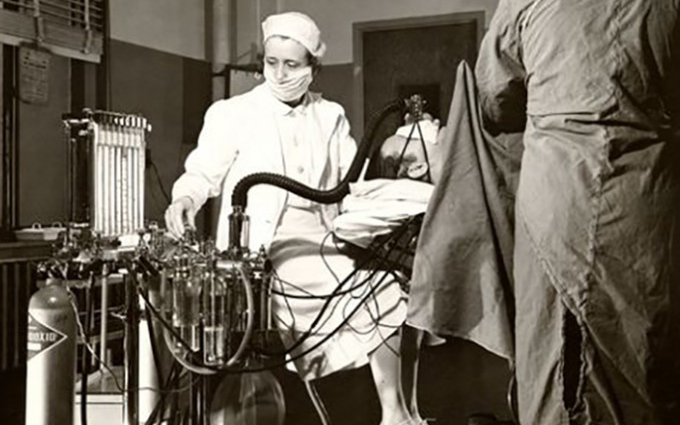
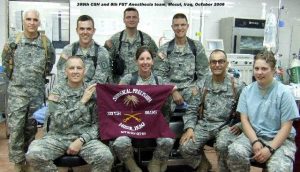
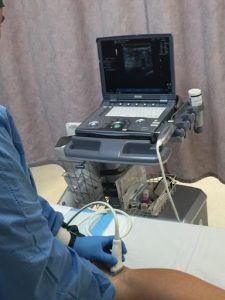

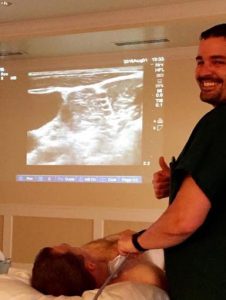
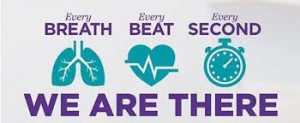

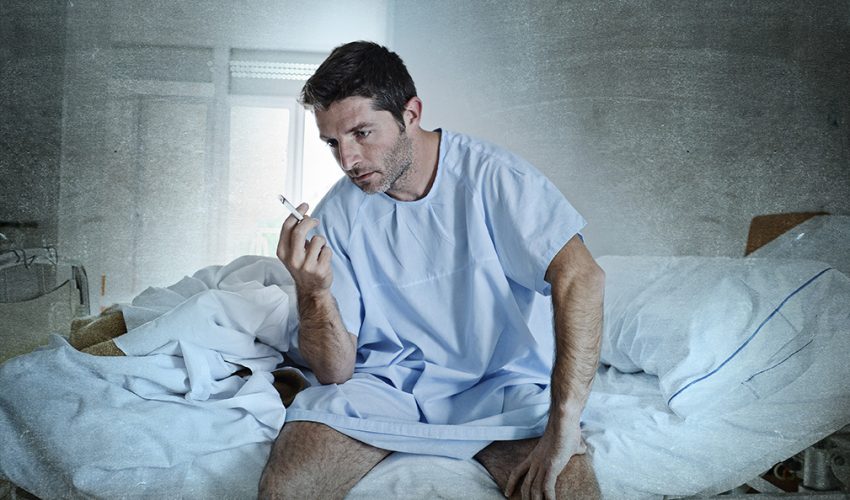


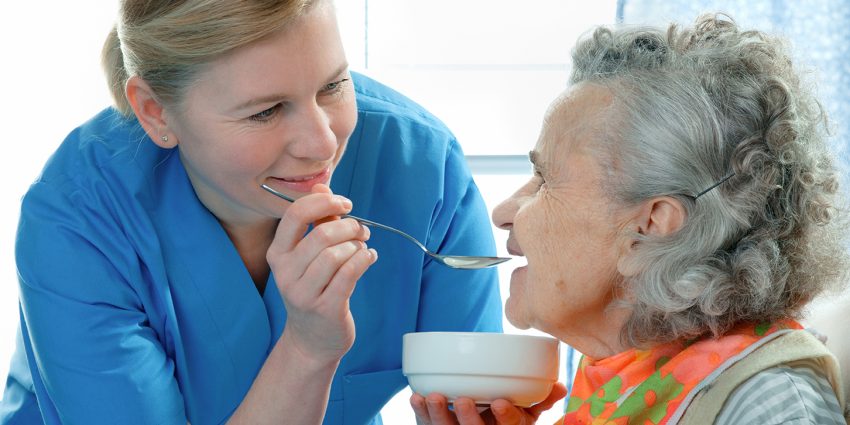
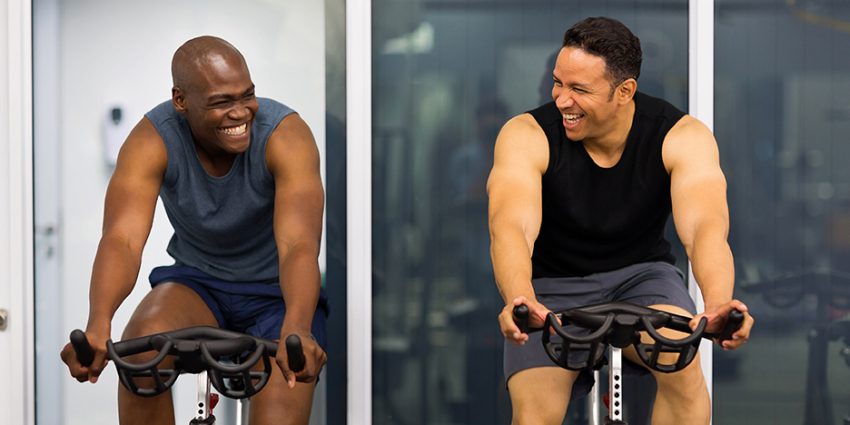




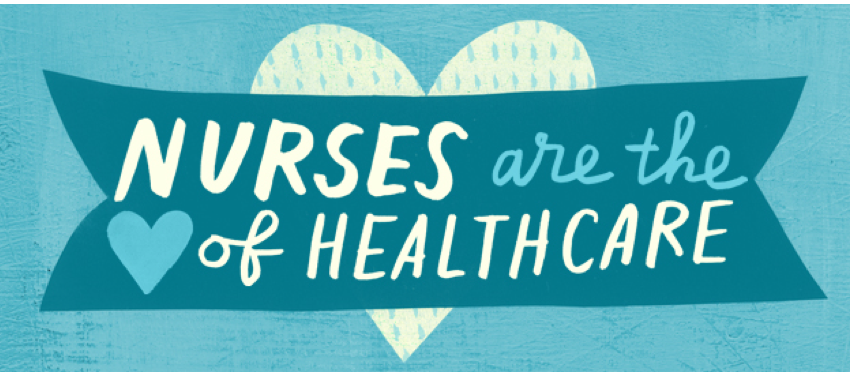
My mom was suffering from Type 2 diabetes and Lupus for over 17yrs. She tried many drugs but at last became dependent on saferoom and metformin due to the weakness and constant pains, She found that life was just sinking & there was no way of hope. Then she consulted Chief Dr Lucky for herbal treatments, Which she had been hearing so much about, After some couple of days taking this herbal medicine, Things started to change, The symptoms started to decrease and after 19 days of taking it, She became healthy and fully free from all the symptoms of Type 2 diabetes and Lupus. My mom’s life is totally different now. That’s why I decided to let everybody know about the wonderful healing of Chief Dr Lucky herbal, If you are having any health challenges kindly visit email chiefdrlucky@gmail.com or WhatsApp +2348132777335
Website chiefdrlucky.com.
Only a tiny percentage of professional hackers have the specialized hacking abilities and knowledge needed to recover lost BTC, Facebook hacking and Catching a cheating partner via a Whatsapp link. Finding a reliable hacker like Osecybersailing is preferable.
I lost $358k in BTC to bitcoin mining, and Osecybersailing was able to retrieve it. In my darkest hour, when my Bitcoin was lost and hope seemed but a distant memory, Osecybersailing and their extraordinary team emerged as the catalysts of change.
Their exceptional knowledge and relentless determination propelled me towards recovery, restoring my faith in the crypto world, Facebook/Whatsapp hacking.
If you find yourself lost in the depths of lost Bitcoin, facebook and Whatsapp hacking, let Osecybersailing’s team guide you towards the light of redemption.
Facebook page:Osecybersailing
Email:osecybersailing@cyberservices.com
Whatsapp:+4917617861530